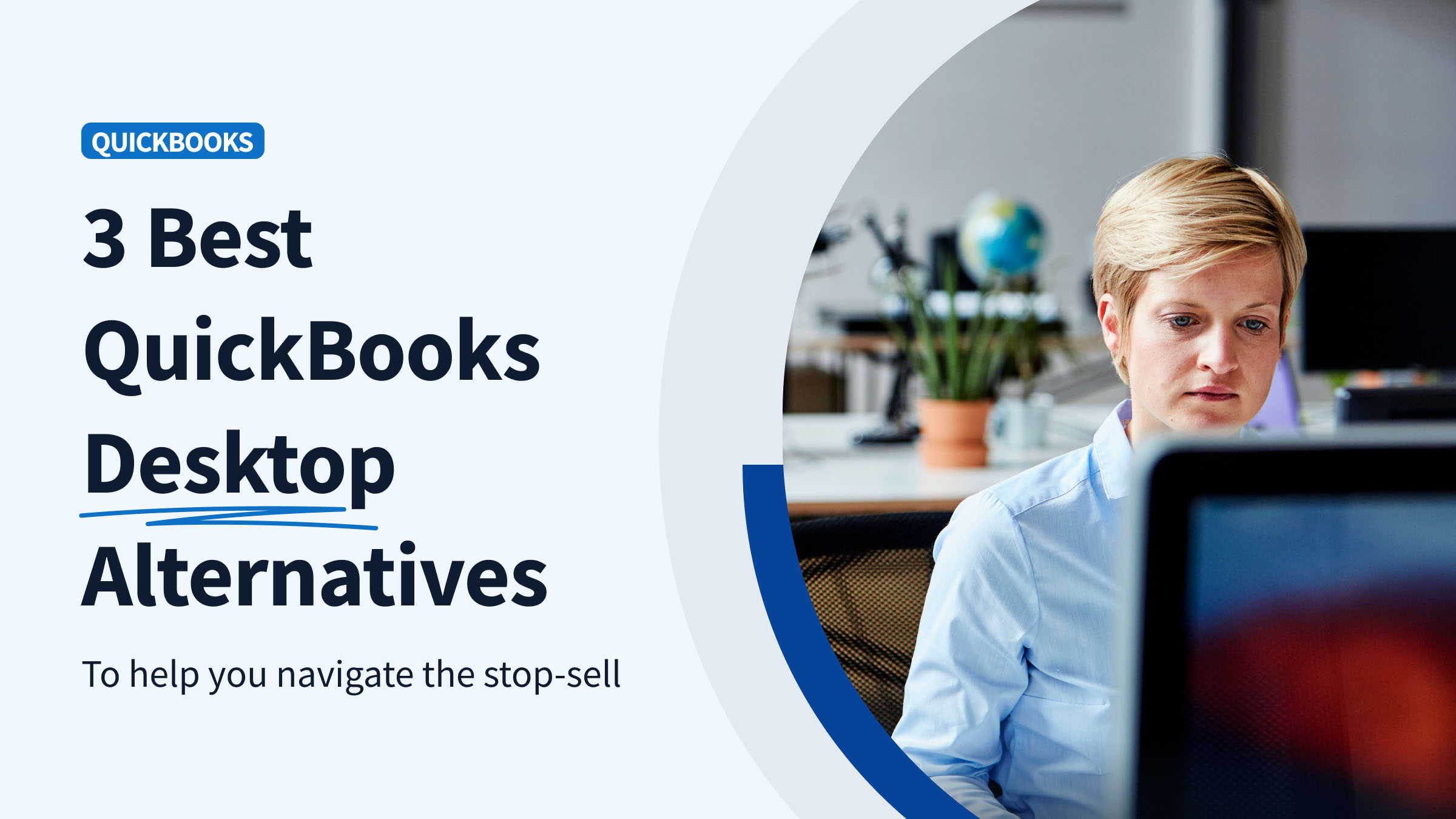Being a leader in any endeavor means having the ability to manage change.
It’s about having the vision to see what’s coming, identifying the change factors, making a plan for staying ahead of the game, and inspiring your team to embrace those new opportunities.
When it comes to business, too many leaders think the game they grew up with will be the game forever. But nothing could be further from the truth — especially in today’s fast-moving, technologically-driven marketplace.
As a small business, the bad news is that these ongoing changes will hit every part of your operations. The good news is that you have the flexibility to respond.
Get ready to be nimble, forward-thinking and competitive by tackling these important changes as they arise.
Changes in employee mindsets
Your people are your most important asset. This has long been the case for every business. However, today’s workers increasingly come from a younger generation whose values, priorities and working styles are different from those of their parents. Here are two key examples.
The desire to work remotely
Take a moment to think about the traditional 9-5 office workday. Now imagine a workplace where many people do not appear at 9 am, nor do they return home at 5 pm. Instead, employees work partially or entirely remotely, and their connectivity is continuous.
Many young people enter the workforce today with the expectation that working remotely will be part of their job. It’s not hard to see why. After all, in many industries, workers have all the tools they need — including laptops, smartphones, and cloud software — to stay connected no matter where they are.
In 2019, remote working will continue to emerge as an increasingly common working arrangement. You might even choose to follow the lead of growing companies whose teams work 100% remotely, eliminating the need for a physical office.
A focus on wellness
Traditionally, people cared about salary first when considering a job, while wellness benefits and a great working environment were nice-to-have, second-place perks. But guess what? Wellness and the working environment are now a top priority for today’s workers.
Employees are now increasingly drawn to workplaces that offer:
- Full benefits for medical, dental or other health care services
- Fitness memberships, in-house gyms or other wellness incentives
- Locations that are easy to commute to on foot or by bicycle
Smart employers will realize sooner rather than later that keeping employees healthy and happy is the key to better productivity.
Changes in customer behavior
Your employees aren’t the only people looking for something different from your company. Here are two of the main factors driving changes in your customers’ expectations.
The importance of personalized communication
The era of one-size-fits-all marketing is over. Instead, companies are leveraging technology to pinpoint each individual’s preferences and send them targeted offerings. Just think about how you can log in to your Amazon or Netflix account and immediately receive a curated list of recommendations.
Customers increasingly expect this level of service from every company they interact with. For instance, when they land on your website, they don’t want to read the generic content you’ve written — they want answers that address their specific needs. Luckily for small businesses, there are plenty of apps that can help you engage with your customers in real time and deliver personalized messages.
Reliance on user reviews
It’s one of the democratizing effects of the internet — not only can people access information about your offerings, but they can also share their views on whether those offerings are worth it. Then, in turn, other people can access those views. A 2018 Bright Local survey found that 86 percent of consumers read reviews for local businesses.
Are user reviews trustworthy, accurate and fair? Sometimes yes, sometimes no. But whether a review is fair or not, it has the power to influence other potential customers, so your best bet is to address it. The most successful companies offer transparent, sincere responses to customer reviews — both the positive and negative ones — and openly commit to delivering superior experiences.
Changes in technology
As the world around your small business changes, the tools and technology you work with on a daily basis will continue to change as well. Here are just a few examples.
Wearables
In the late 2000s, many businesses started offering wearables like Fitbits to their employees to encourage physical activity and wellness. The trend has continued, to the point where Fitbit now offers a range of corporate health solutions.
In 2019, small businesses will increasingly join the movement to get their employees moving through the use of wearable activity trackers. As an added bonus, app-based activity challenges are a great way to promote connectivity among remote teams.
Privacy and cybersecurity
Protecting personal information and securing communications are regulatory priorities affecting businesses in all sectors. As a result, it’s important to stay on top of changing regulations. This may seem obvious — but the marketplace is becoming so globalized and interconnected that different regulations can sneak up on you.
Take the European Union’s General Data Protection Regulation (GDPR), which covers personal information related to individuals in the EU. If your business isn’t located in the EU, you may think this doesn’t affect you — but think again. Has an EU citizen ever downloaded a marketing resource from your website or started a free trial of your software? If so, then you’re responsible for staying compliant with GDPR.
Blockchain
Blockchain — the cloud-based technology enabling distributed public ledgers for accessible, secure data — got a lot of media attention in 2017 and 2018. But it’s not just hype. Blockchain is emerging as a serious resource, particularly for businesses needing a platform for data storage, financial transactions, or real estate or asset management.
The Big Four accounting firms have already established solid long-term plans to grow their capacity in the cryptocurrency and blockchain space. It’s only a matter of time before blockchain starts to impact smaller businesses as well.
Meeting small business changes head-on
The trends described above aren’t just passing fads. They’re part of the business landscape, and this means small business owners must embrace them in order to stay competitive.
By empowering your employees, enhancing your customer experience, and adopting new technology, you’ll be well-prepared to tackle any other changes that come your way.






